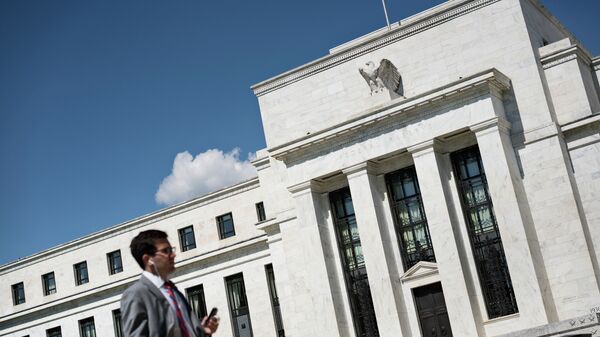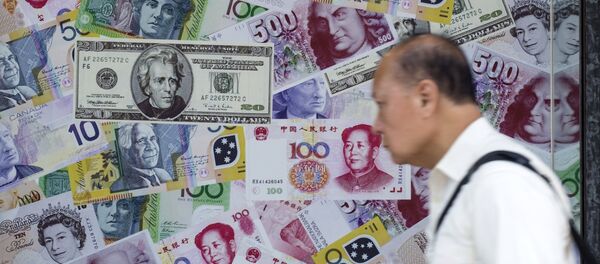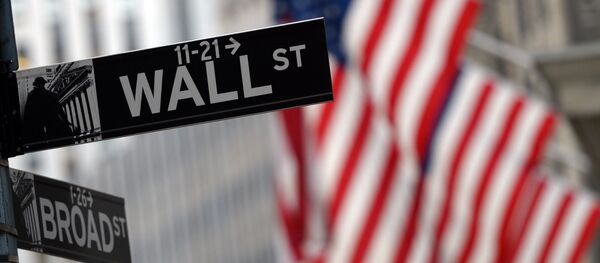Therefore, the already-dovish Fed is likely to put off increasing interest rates in order to stave off the potential negative consequences for economic expansion ahead of this autumn’s political volatility. While overall consumer spending is losing momentum, downward pressures on the economy are mounting, stirring increasingly serious concerns regarding the economy’s health on the one hand, and fears of an across-the-board economic readjustment on the other.
The Fed reported on Wednesday that wage expansion was “modest to moderate”, preventing sustainable gains in consumer spending, thus hampering any significant acceleration in the economy. Domestic consumption is driving over 70 percent of the US GDP, and is the most important factor affecting economic growth. The Fed’s core prices index target of an annualized 2 percent is therefore crucial in ensuring more sustainable growth, allowing for future hikes in borrowing costs.
“The outlook was generally positive across broad segments of the economy including retail sales, manufacturing, and real estate,” the Fed’s survey of the economy, known as “the Beige Book”, suggested.“Districts reporting on overall growth expect it to remain modest.”
Read about economic conditions in Reserve Bank Districts in the #BeigeBook: https://t.co/LITWwEyo7u
— Federal Reserve (@federalreserve) 13 July 2016
The regulator reviewed growth developments across twelve districts, showing the economic expansion seems to be caught up around the annualized 2 percent figure, well below the historic average of 3.3 percent, while underlying inflation is insufficient to support the view that consumption will gain momentum in the near term.
Currently, investors believe there is a 5 percent chance of a rate increase happening in late July.
The Beige Book is a compilation of feedback from various businesses across the nation, and is released eight times each year, thus reflecting current sentiment; the real estate sector predominates, and has found itself locked in the disinvestment struggle, exacerbated by lower commercial revenues.
Despite some gains in the labor market, wages still seem stagnant. A paradoxical situation is observed in the construction sector, where the greatest workforce shortage since the year 2000 has somehow failed to result in higher salaries. An abundance of hard-to-fill positions amongst skilled workforce in other sectors has also contributed to lower consumer confidence.
"Price pressures remain slight, with contacts generally reporting no movement in selling prices," the Fed observed.
Out of the twelve districts, only three – San Francisco, CA, Cleveland, OH, and Chicago, IL – reported advances in entry-level salaries, which were nonetheless effectively offset by rising rents, fuel costs, and non-core expenses, failing to propel inflation.
Although the US labor market has been near “full employment” for several consecutive months, the expected gains in wages are lagging, not least due to a historically low rate of labor participation at just above 62 percent.
“Labor market conditions remained stable as employment continued to grow modestly since the previous report and wage pressures remained modest to moderate,” the Fed said.
According to a separate report by the Atlanta Fed, 2Q16 GDP growth is expected at an annualized pace of 2.3 percent at best.
The Beige Book suggested there are “signs of softening” in economic activity, while business sentiment is still “predominantly optimistic” amid “mixed” developments in manufacturing.
All in all, the relatively loose monetary conditions are thus likely to persist until at least after the elections this year, while many market participants are not expecting rate hikes until mid-2017, believing any preemptive policy action before that is likely to impair business performance.



